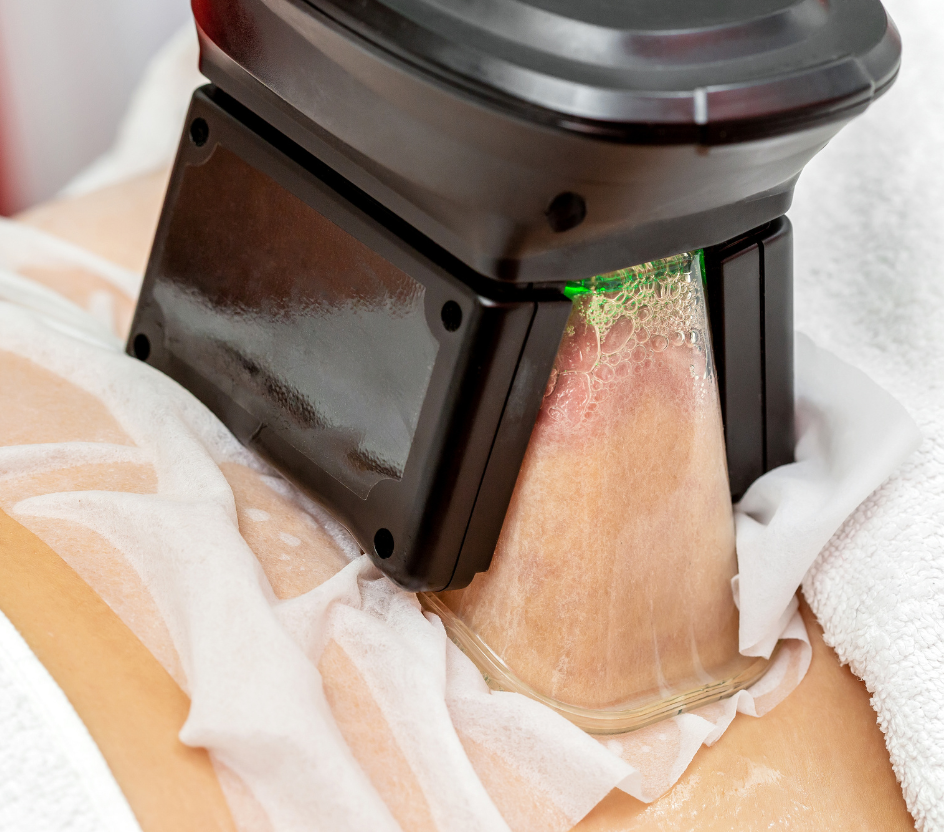Lipedema Treatment
Lipedema is a complex condition that requires a multifaceted approach to treatment. Although there is no cure for Lipedema, various treatments can help manage symptoms, improve quality of life, and slow disease progression. The choice of treatment depends on the stage of Lipedema, the severity of symptoms, and individual patient needs.

Conservative Treatments
1. Compression Therapy
Compression therapy involves wearing specialized garments that apply pressure to the affected areas, helping to reduce swelling and improve circulation. This method is commonly used to manage Lipedema and prevent the progression of symptoms.
- How It Works: Compression garments help reduce fluid buildup and provide support to the affected areas, which can alleviate pain and discomfort.
- Types: Compression stockings, sleeves, and custom-made garments.
- Benefits: Decreases swelling, reduces pain, and improves mobility.
2. Manual Lymphatic Drainage (MLD)
Manual Lymphatic Drainage is a specialized massage technique that encourages the flow of lymphatic fluid and helps reduce swelling. This therapy is beneficial for managing symptoms and improving overall comfort.
- How It Works: A trained therapist performs gentle, rhythmic strokes to stimulate lymphatic flow and reduce fluid retention.
- Benefits: Reduces swelling, eases pain, and improves skin texture.
3. Physical Therapy and Exercise
Engaging in regular, low-impact exercise can help manage Lipedema by improving circulation, strengthening muscles, and maintaining overall health. Physical therapy tailored to Lipedema patients can also enhance mobility and reduce pain.
- Recommended Activities: Swimming, cycling, walking, and specific strength training exercises.
- Benefits: Improves mobility, reduces swelling, and enhances overall well-being.
Surgical Treatments
1. Liposuction
Liposuction is a surgical procedure designed to remove excess fat from specific areas of the body. It is often used for patients with advanced Lipedema who have not responded to conservative treatments.
- How It Works: Excess fat is suctioned out using a cannula inserted through small incisions. Techniques such as tumescent liposuction or water-assisted liposuction are commonly used.
- Benefits: Reduces fat deposits, improves body symmetry, and enhances mobility. Can provide long-term relief from Lipedema symptoms.
2. Decongestive Lymphatic Therapy (DLT)
Decongestive Lymphatic Therapy is a comprehensive treatment approach that combines several techniques, including manual lymphatic drainage, compression therapy, and exercise. It is used to manage symptoms and improve lymphatic function.
- How It Works: A combination of therapies is used to reduce swelling, improve lymphatic drainage, and alleviate pain.
- Benefits: Provides a holistic approach to managing Lipedema and lymphedema, reducing overall symptoms and improving quality of life.
Lifestyle and Dietary Modifications
1. Diet and Nutrition
While diet alone cannot eliminate Lipedema fat, maintaining a healthy diet can help manage symptoms and overall health. Focusing on anti-inflammatory foods and avoiding excessive salt can reduce swelling and discomfort.
- Recommended Foods: Fruits, vegetables, lean proteins, whole grains, and healthy fats.
- Benefits: Supports overall health, reduces inflammation, and can help maintain a healthy weight.
2. Skincare and Self-Care
Proper skincare is important for managing Lipedema, particularly in areas affected by swelling and tenderness. Regular moisturizing and gentle skin care can help prevent skin issues and maintain comfort.
- Skincare Tips: Use gentle, hydrating products, avoid harsh chemicals, and practice good hygiene to prevent skin infections and irritations.
Emerging and Experimental Treatments
1. Medication
Research is ongoing into the use of medications to manage Lipedema symptoms, including drugs that target inflammation and pain. Current options are limited, but future developments may offer new possibilities.
- Current Medications: Pain relievers and anti-inflammatory drugs may help manage symptoms.
2. New Technologies and Therapies
Innovative treatments and technologies, such as advanced liposuction techniques and new forms of lymphatic therapy, are being studied to improve outcomes for Lipedema patients.
- Research Focus: Improving existing treatments and exploring new approaches to better manage Lipedema.
Consulting with a Specialist
For the best outcomes, it is crucial to work with healthcare professionals who specialize in Lipedema. They can provide personalized treatment plans, recommend appropriate therapies, and offer support throughout the management process.
